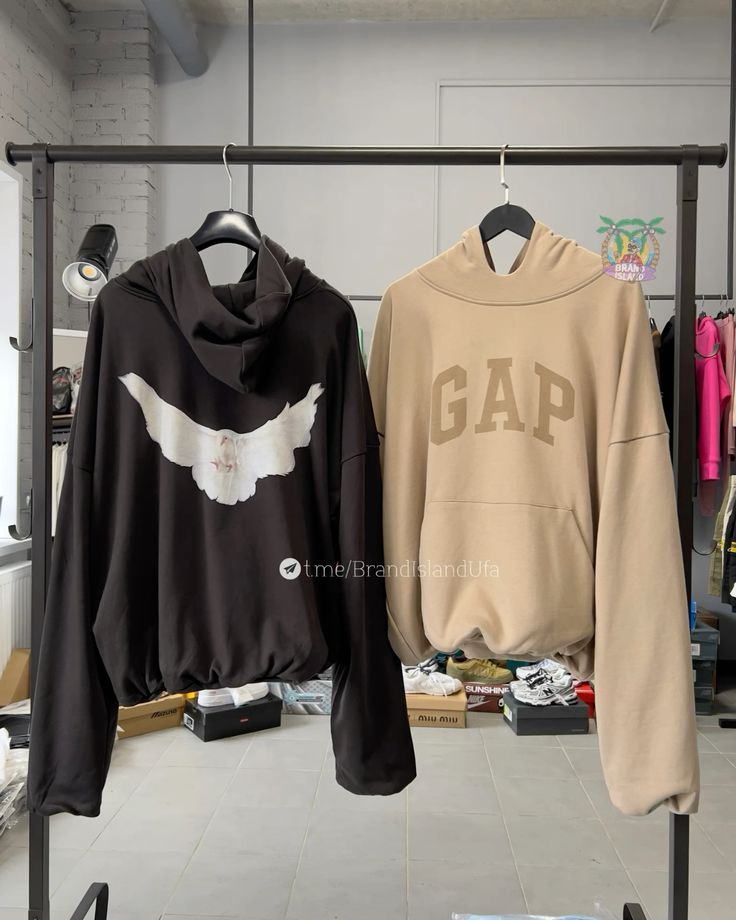Chinese ink painting, also known as “shuǐ mò huà” (水墨画), is one of the most significant and ancient forms of visual art in China. It uses black ink—the same used in Chinese calligraphy—applied with a brush on paper or silk. Though it might seem simple in materials, Chinese ink painting is known for its depth, elegance, and expressive power.
This art form dates back over a thousand years and has deep roots in Chinese philosophy, particularly Confucianism, Daoism, and Buddhism. These schools of thought value harmony with nature, self-reflection, and simplicity—all of which are reflected in ink painting.
Traditionally, Chinese ink painting focuses on subjects such as landscapes (山水画 shān shuǐ huà), flowers and birds (花鸟画 huā niǎo huà), and human figures. Landscape painting is especially admired because it reflects the artist’s inner feelings and their relationship with the natural world. Rather than aiming for realistic depictions, Chinese painters often try to capture the spirit or “essence” (气 qì) of the subject.
A key feature of Chinese ink painting is its technique. Artists use different brushstrokes, ink tones, and washes to create depth and mood. For example, a single brushstroke might suggest a tree branch, mountain ridge, or flowing water. The use of empty space (known as “negative space”) is also essential. Instead of filling the entire canvas, artists often leave areas blank to suggest mist, distance, or silence, allowing the viewer’s imagination to complete the scene.
Another important aspect is the integration of poetry and calligraphy. Many paintings include verses written by the artist, adding literary depth to the visual art. This blending of painting, poetry, and calligraphy is called the “Three Perfections” and represents a unique cultural achievement in Chinese art.
Chinese ink painting also emphasizes personal expression. Great masters like Wang Wei, Guo Xi, Ma Yuan, and Shen Zhou are not just known for their technical skill but for their ability to express emotion, wisdom, and personality through their brushwork. The viewer can often sense the artist’s mood—peaceful, joyful, or contemplative—through the flow of ink and brush.
In modern times, Chinese ink painting continues to evolve. Some contemporary artists blend traditional techniques with new themes or styles, creating works that speak to both heritage and innovation. However, the core values remain: a deep respect for nature, a love for simplicity, and the search for harmony between man and the world.
In conclusion, Chinese ink painting is more than just art; it is a reflection of Chinese thought, aesthetics, and history. Its influence goes far beyond visual beauty, touching on philosophy, literature, and even spiritual life. That’s why it remains an essential part of Chinese culture today.




